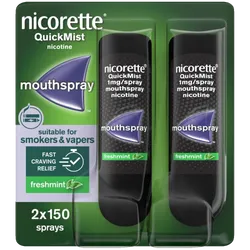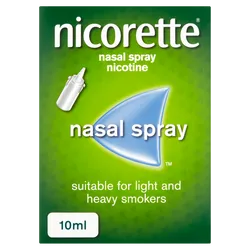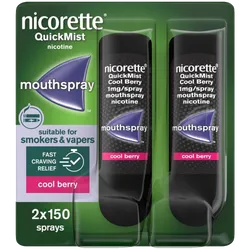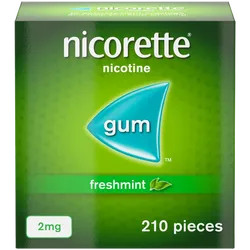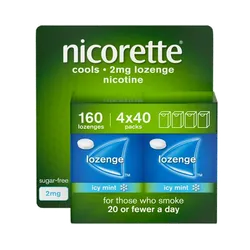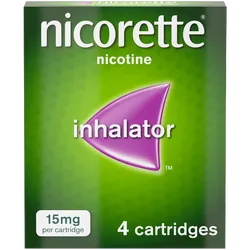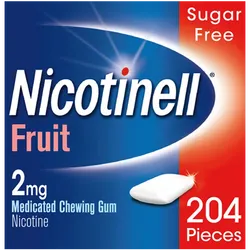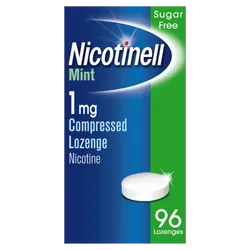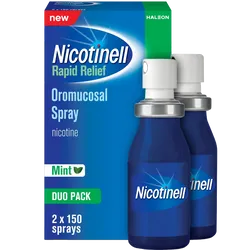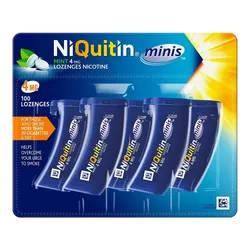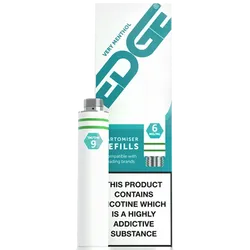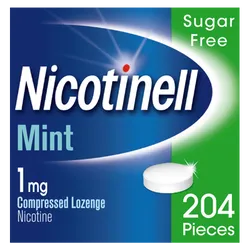Every week, I speak to people who are ready to quit smoking — but feel overwhelmed by the options. Should you use a patch? A lozenge? Try vaping?
The good news is: there’s no one-size-fits-all, and just because something worked for your friend doesn't mean it's a guaranteed answer for you.
But we have more tools than ever to help you quit!
Below I talk about the main choices so you can think about what will work best for you.
What Is Nicotine Replacement Therapy (NRT)?
NRT gives you a controlled dose of nicotine—without the harmful chemicals in cigarettes like tar and carbon monoxide. It helps reduce withdrawal symptoms like cravings, irritability, and difficulty concentrating while you break the habit.
There are several forms of NRT available over the counter and through NHS stop smoking services. Each works slightly differently.
NRT Options: A Quick Guide
| Type | How It Works | Best For | Pros | Cons |
|---|---|---|---|---|
| Patch | Worn on the skin; delivers a steady dose of nicotine all day | People with regular routines or morning cravings | Discreet, simple, long-lasting | Doesn’t tackle sudden cravings |
| Lozenge | Dissolves slowly in the mouth | Smokers who need something "to do" with their mouth | Fast-acting, helps with hand-to-mouth habit | May taste unusual; frequent doses needed |
| Sublingual spray | Sprayed under the tongue; absorbs quickly | Strong, sudden cravings | Very fast relief (within 60 seconds), portable | Can tingle or sting at first; needs frequent use |
| Gum | Chewed intermittently to release nicotine | Craving control and oral habit | Keeps your mouth busy, fast-acting | Some dislike the taste or texture |
| Inhalator | Puff on a mouthpiece containing a nicotine cartridge | People who miss the hand-to-mouth ritual | Mimics the feel of smoking, quick relief | Less discreet, frequent use needed |
Most people do best with a combination, such as a patch for steady coverage plus a fast-acting option (like spray or lozenge) for breakthrough cravings.
How Does Vaping Compare?
Vaping (also called e-cigarettes) delivers nicotine as a vapour instead of smoke. It mimics the act of smoking more closely than NRT, which some people find helpful.
Pros of vaping:
- Delivers nicotine quickly
- Feels similar to smoking (hand-to-mouth, inhaling)
- Wide variety of flavours and devices
- More effective for some people who haven’t succeeded with NRT
Cons of vaping:
- Not completely risk-free (long-term effects still being studied)
- Some people find quitting vaping itself tricky later on
- May not be suitable for people with lung conditions
- Devices can be costly or confusing to start with
Important: Vaping is far less harmful than smoking, but not entirely harmless. It’s recommended for smokers trying to quit—but not for non-smokers or young people.
NRT vs. Vaping: Which Is Better?
| Feature | NRT | Vaping |
|---|---|---|
| Safety record | Decades of evidence, very safe | Still being studied, but safer than smoking |
| GP/pharmacy support | Widely available and supported by NHS | Available but less regulated |
| Mimics smoking habit | Inhalator helps; other forms don’t | Yes—very similar |
| Craving relief | Patch (slow), spray/lozenge (fast) | Very fast |
| Cost | Often cheaper or available on prescription | Initial setup cost, then varies by device/liquid |
| Quit rates | Effective, especially when used in combination | Studies show vaping may be more effective for some |
Good to know: You can combine vaping with behavioural support or even NRT (under guidance), especially if cravings are intense.
Tips for Success, Whatever You Choose
- Set a quit date and prepare ahead
- Avoid triggers (e.g. alcohol, stress, certain routines)
- Get support—NHS stop smoking services can double your chances of quitting
- Don’t be discouraged by slip-ups—they’re part of the process
- Use enough nicotine—many people under-dose at first - your pharmacist can help you get the right first dose for you.
Final Thoughts
There’s no “right” way to quit—it’s about finding what fits your body, lifestyle and motivation. Whether you go for a patch, a spray, or a vape, the most important thing is that you’re moving toward a smoke-free future.
NRT increased your chances of successfully quitting by around 70% compared to going "cold turkey". There are other things that increase your chances too - friends and family support and also the support of healthcare professionals such as your Weldricks Pharmacist or a Stop Smoking service.
Talk to your pharmacist—we’re here to help you find your best quit method and support you along the way. You don’t have to do it alone.

